Visit our showroom : 6 Royan Place, Bayswater North, Victoria 3153
Visit our showroom : 6 Royan Place, Bayswater North, Victoria 3153
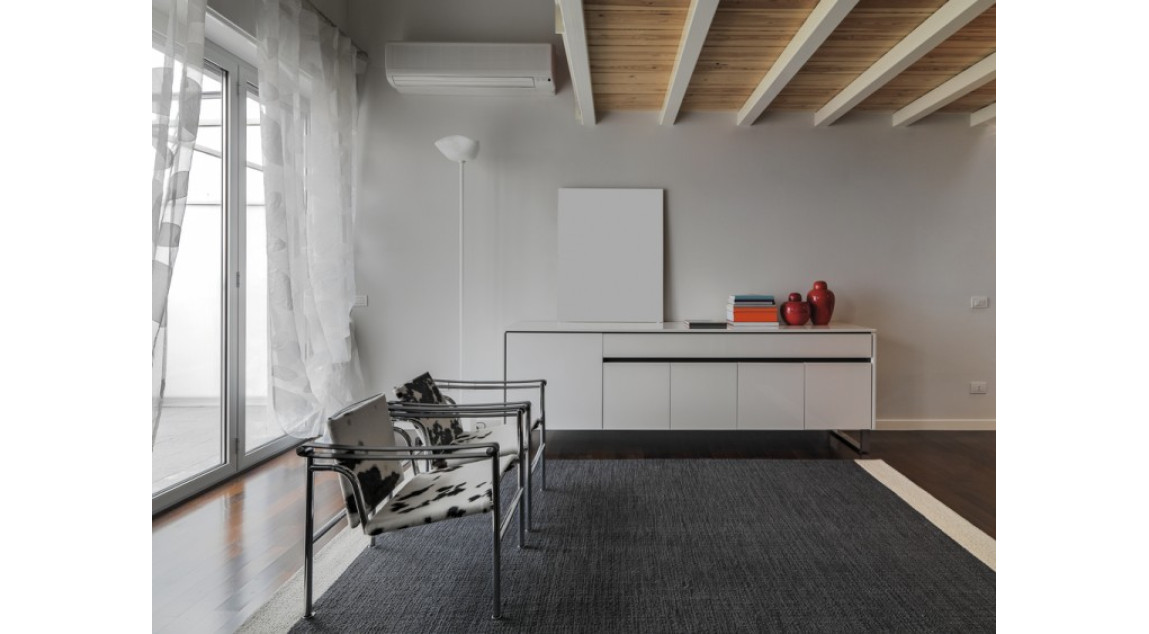
From offices to public transport and homes, air conditioners play an integral role in all of our day-to-day lives. However, while the industry continues to expand and more options hit the market, it’s not always easy to know which one best suits your needs.
An air conditioner is a big investment, so it’s always worth taking your time and doing your research. Throughout today’s article, we’re going to give you expert tips and tricks to help you select the right air conditioner. We’ll explore the major types and options available, as well as how to match the air conditioner to your space.
Let’s jump right into it!
First things first, you’ll need to decide on the air conditioning type/style.
Split system air conditioners consist of an indoor unit that disperses cool air and an outdoor unit that expels heat. They come in two types:
Single Split System: Suitable for cooling individual rooms.
Multi-Split System: Connects multiple indoor units to one outdoor unit, ideal for multiple rooms.
Ducted reverse cycle systems provide both heating and cooling through a hidden ceiling or floor ducts, offering:
Efficiency: Energy-efficient for whole-home climate control.
Discreet: Minimal visual impact.
Zoning: Allows different temperatures in various home areas.
Evaporative coolers use water evaporation to cool the air, making them effective in dry regions. Features include:
Environmentally Friendly: Uses natural evaporation and less energy.
Cost-Effective: Lower installation and operational costs.
Adds Moisture: Increases indoor humidity, which can be beneficial in arid climates.
Add-on air conditioning can be integrated into existing gas-ducted heating systems to provide cooling. It’s a practical option for enhancing an already ducted system without major modifications.
How exactly can you find the right type of air conditioning? Here are some of our expert tips and areas to consider!
If you’re about to buy a new air conditioner, always start by considering the size, space, and dimensions of your property. Space is a major determining factor for a few reasons. First, you’ll need an air conditioner capable of giving you the coverage you need. As an example, if you own a larger home with multiple living spaces and bedrooms, a single split system won’t be able to meet your needs.
A second space-related consideration relates to the structure of your property itself. While some homes and offices have the requisite space for ductwork, others do not. In these circumstances, such as a smaller apartment, split systems are often the best way to go. Remember, your property will also need enough space for the outdoor unit, which is the backbone of your air conditioning system.
So, as a general rule, split systems and evaporative coolers are most suitable for smaller spaces, while larger properties generally require ducted air conditioning or multiple split system units.
Of course, the situation also changes significantly depending on the type of property you own. If you’re running a larger commercial office or an industrial warehouse, we recommend that you reach out to your local air conditioning company for expert advice!
Star ratings and energy efficiency are currently major talking points in the Australian heating and cooling sector. As a result, the industry’s best and brightest brands are producing air conditioning systems that are more efficient than ever before. This is great news for anyone looking to invest in new split systems, reverse cycle ducted, or add on air conditioning.
In a recent article, we covered the basics of the energy star rating system in Australia, but let’s do a quick refresher now. Essentially, this is a system designed to give appliances a star rating based on their level of efficiency (the amount of power required to fulfil the appliance’s purpose).
The more stars an air conditioner receives, the more efficient it is deemed to be. So, if you’re in the market for a new model, this is certainly worth looking into. Generally, a model that has been given a rating of 5, 6, or higher is a safe bet.
Higher rated air conditioners, such as Daikin’s 6 star Alira X or Cora series, are known for being incredibly energy efficient. While lower-rated options can be cheaper upfront, highly-rated models ultimately allow you to save money on your power bills moving forward.
Energy efficiency is incredibly important for ducted reverse cycle systems. Because they are required to cool an entire home, the energy expenditure is much higher than a split system or evaporative cooler.
After you’ve settled on the type of air conditioner, the next step is to find your preferred brand. Once again, you’re split for choice, particularly for split systems. Daikin is always a good place to start, but there are so many great brands to choose from.
A few other brands we recommend include Panasonic, Haier, and Bonaire. All of the manufacturers we’re highlighting supply excellent split system models that are effective, user-friendly, and efficient. From here, it often comes down to your budget, personal preferences, and the specific features of each system.
Another determining factor may be the warranty plans available, which we will cover a little later on.
While brand-new air conditioners should stand the test of time, it never hurts to double check the warranty plans and packages available. In the event that something unforeseen does occur, such as a technical fault, the warranty will ensure that you’re covered.
Warranties generally include a manufacturer’s warranty, which typically covers parts and labour for a specified period, which is usually between 1 to 10 years. In addition to the standard warranty, some manufacturers or third parties offer extended warranties that prolong coverage and can include additional components or services.
It’s also important to examine the duration of the warranty to gauge how long you are protected and to understand whether it’s a full or limited warranty. Here, you should carefully review what exactly the warranty covers and any exclusions, such as damage from improper installation, natural disasters, or misuse, which are typically not covered.
Please note; many warranty programs are only applicable if the system is serviced within the required window or time period. If you need help with your heating and cooling in Melbourne, simply reach out to us now for a smooth and stress-free air conditioning service. We can conduct a thorough checkup and make sure your warranty plan remains active!
When selecting a new air conditioner, considering models with smart connectivity and home automation features is increasingly important. These technologies not only enhance convenience by allowing remote control via smartphone or tablet but also improve energy efficiency and can integrate with other smart home devices.
The ability to adjust settings and switch between modes remotely, or even automate preferences for energy savings, helps to ensure that the home is comfortable when needed and energy-efficient when not.
Daikin air conditioners, for example, come with a smartphone app. This allows you to adjust temperatures, set schedules, and even integrate the system from practically anywhere. As a result, you’re able to cool down the living room before arriving home from work. Similarly, Panasonic’s smart air conditioners are compatible with the Panasonic Comfort Cloud app, which gives users control over multiple units and provides detailed energy consumption data. Integration with IFTTT allows users to set up custom rules, like turning off the air conditioner if a door is left open, enhancing both energy conservation and security.
These features from brands like Daikin and Panasonic illustrate how modern air conditioners can significantly improve user experience by offering greater control, efficiency, and integration with smart home ecosystems.
Just like buying a brand-new TV or car, it’s a good idea to look into any product reviews that you can find online. This will allow you to develop a better picture of the various options, and directly compare one brand with another.
Reviews offer real-world insight into the user experience of owning each air conditioner. They also help you to gauge performance, durability, and user-friendliness. Here, remember to look for patterns in feedback and consider both positive and negative reviews to make an informed decision.
Professional reviews from reputable sources offer detailed tests and comparisons, complementing user experiences. By incorporating both types of reviews, you gain a comprehensive understanding of how well an air conditioner meets your needs and can confidently choose the best option.
Without a doubt, your local air conditioning company is one of the best resources available. At Maroondah Air, we’ve got more than 25 years of hands-on industry experience, and take great pride in the quality of our customer service.
Whether you’re interested in split systems, ducted reverse cycle, evaporative or add-on cooling, we can provide expert recommendations and handle the entire installation process for an affordable fee. Reach out to us now to get started!
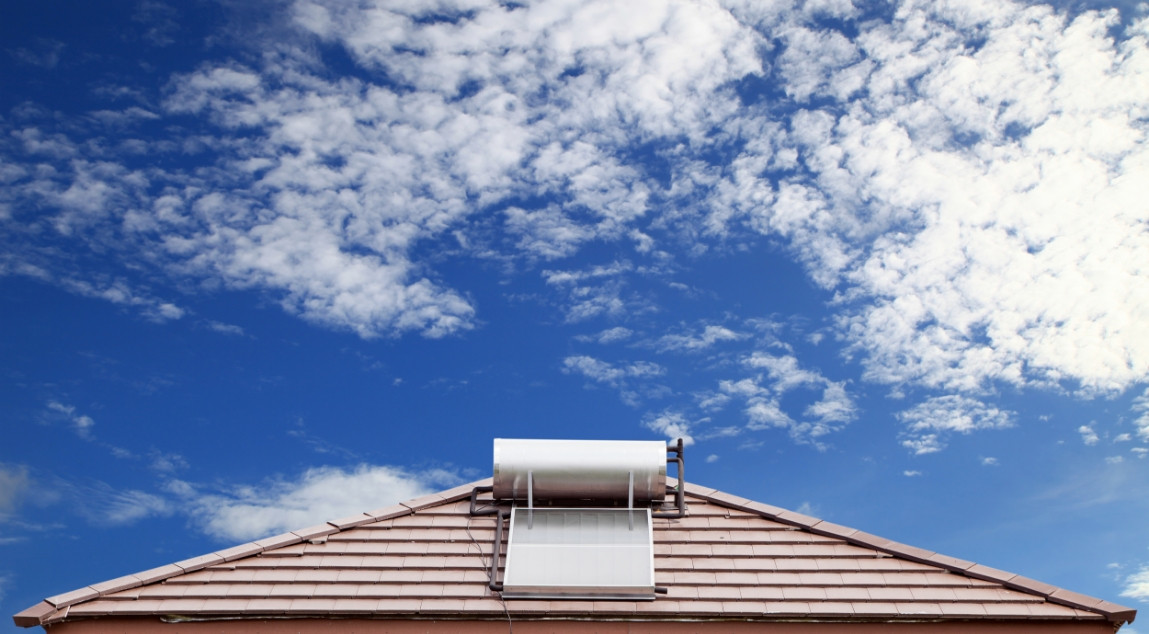
Looking to go gas free in Victoria? You’re not alone. Both on a local and national level, a major push is being made to help property owners transition away from gas based appliances and embrace more efficient carbon-friendly options. Effective Jan 1, 2024, Victoria’s Gas Substitution Roadmap will officially begin. This initiative not only aims […]
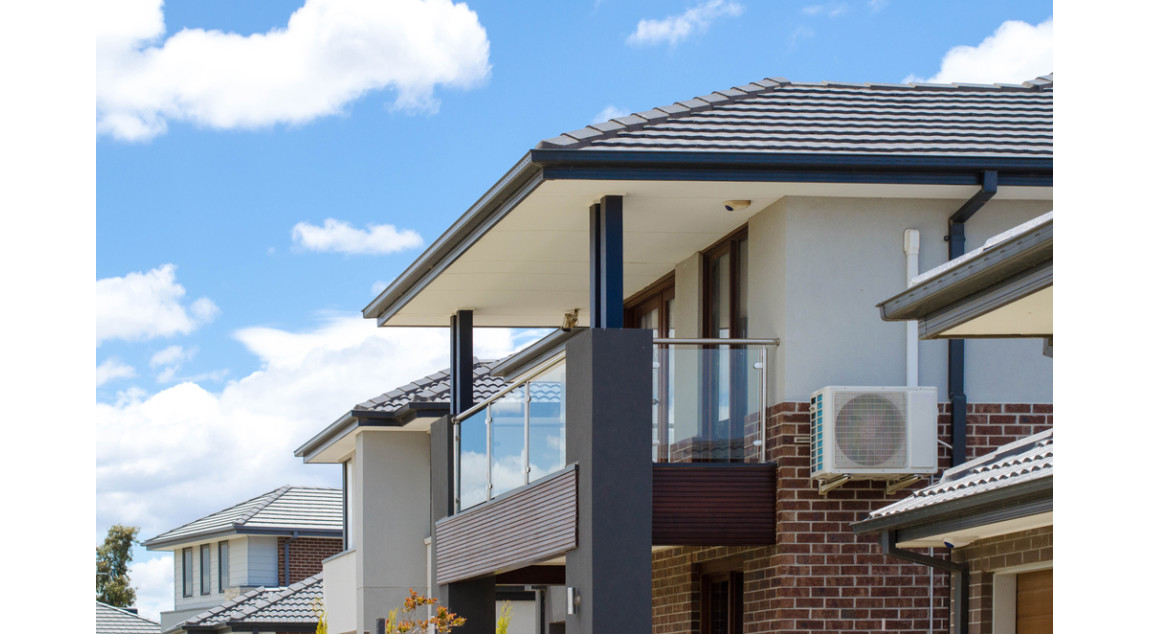
As one of Melbourne’s leading heating and cooling companies, we have some expert tips and advice to keep you comfortable and cool. From rebates to cutting edge air conditioning systems, there are various steps you can take.
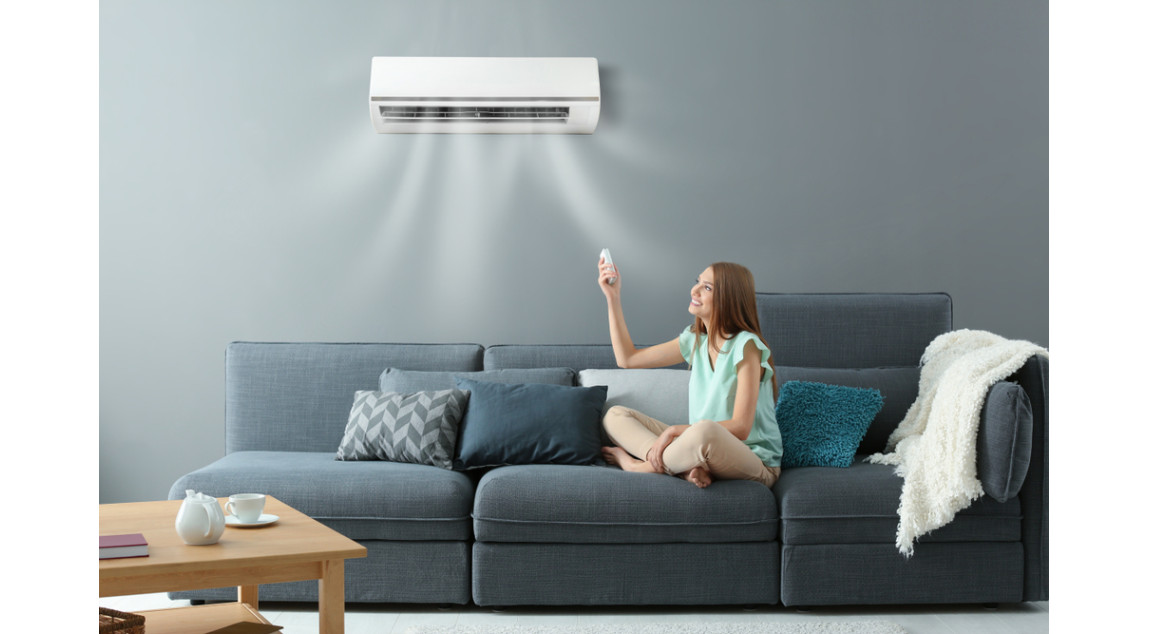
Whether you’re upgrading, fitting out a new property, or simply want to stay ready for the warm weather, we’re here to break down the best and brightest split systems available this summer.
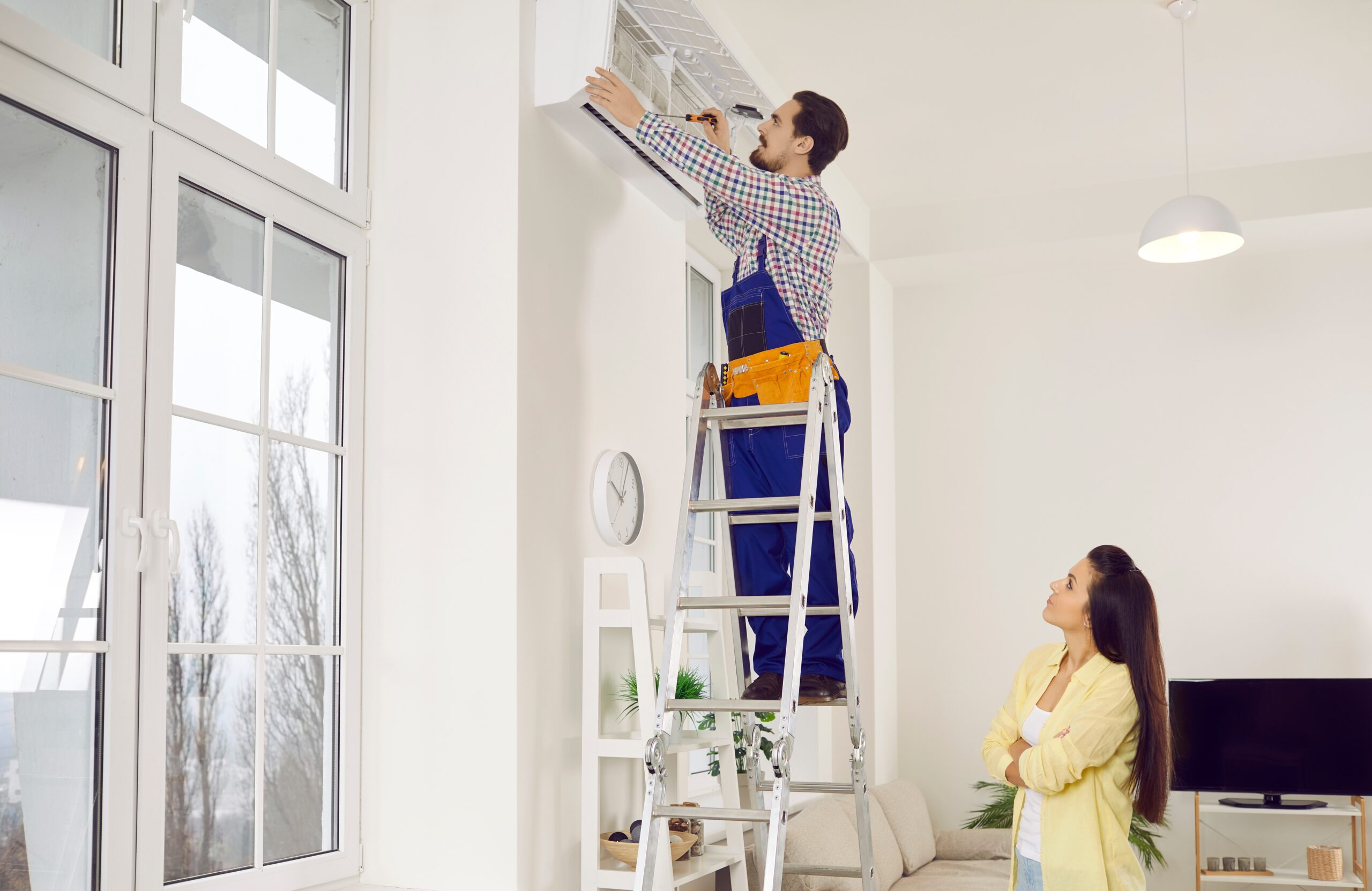
A new air conditioning system is a big investment for any home and business. While the unit and brand is an important consideration, so is the company you choose. From the initial installation to ongoing servicing and repairs, you need someone that you can trust, respect, and depend on in a crunch. These days, heating […]
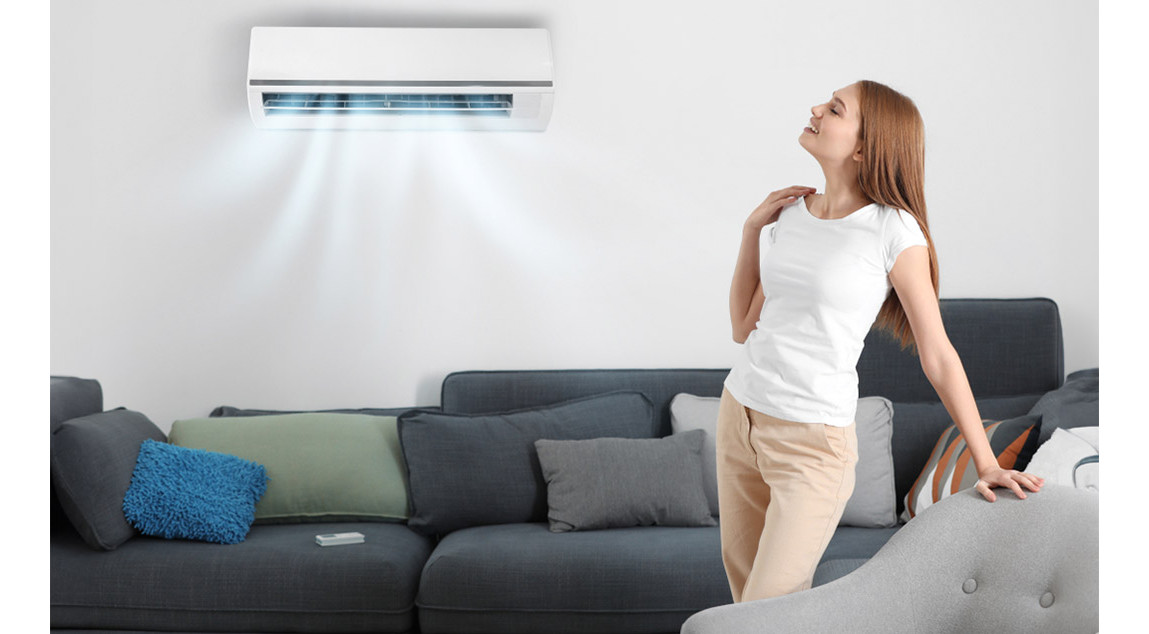
On a global level, our weather is becoming more unpredictable and extreme than ever. Australia is certainly no exception to the rule. In response, we’re all searching for ways to cope and be as comfortable as possible. Luckily, this is where split systems really fit the bill. Unless you’ve recently undertaken a renovation or bought […]
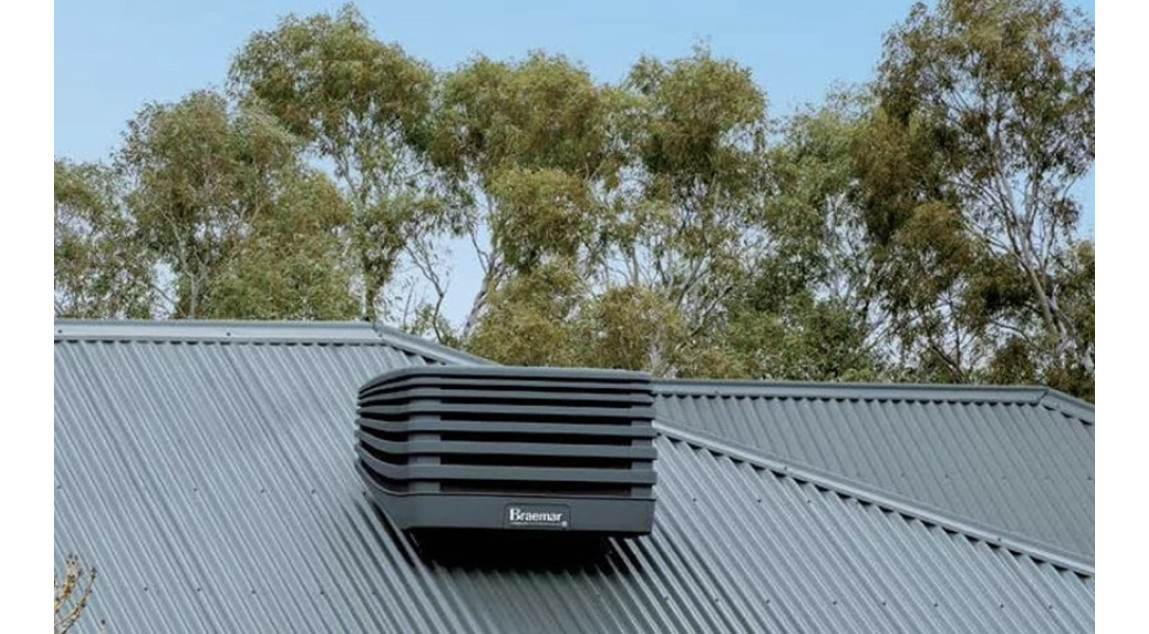
While split systems tend to get a lot of attention, there are many other great forms of air conditioning available. Today, we are going to shine a light on a highly regarded alternative–evaporative cooling systems. Often dubbed the most natural and eco-friendly form of air conditioning, evaporation coolers are available as both stand alone units […]
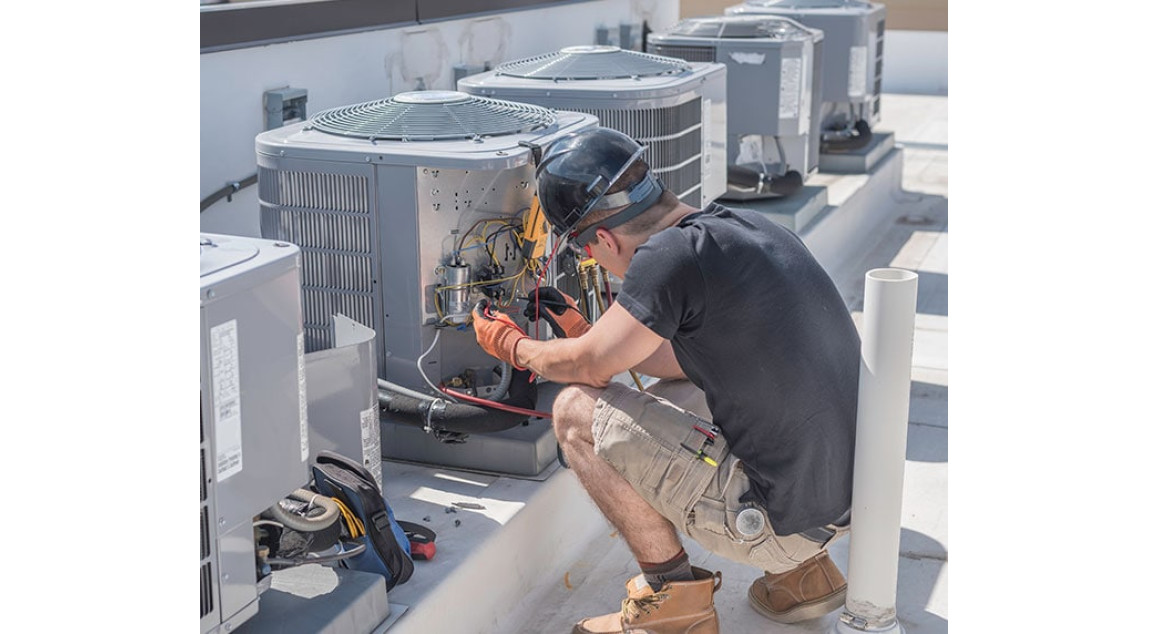
Your air conditioner won’t always last forever, but regular servicing sure helps to extend its lifespan. If you’re using the unit on a regular basis, this places a strain on all of its components, which can quickly lead to costly repairs.
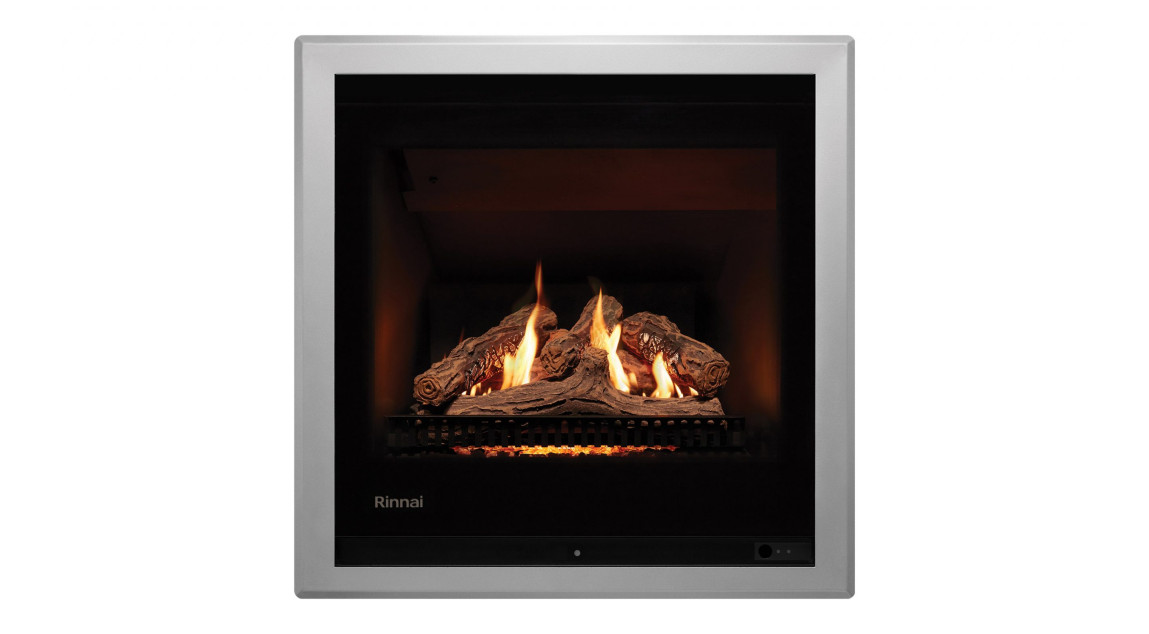
Whether you want to retrofit a gas log fire into your existing fireplace or fit one into a newly built home, there’s never been a better time to invest in a brand new Rinnai log fire. Let’s explore why right now.
Types of Rinnai Gas Log Fires
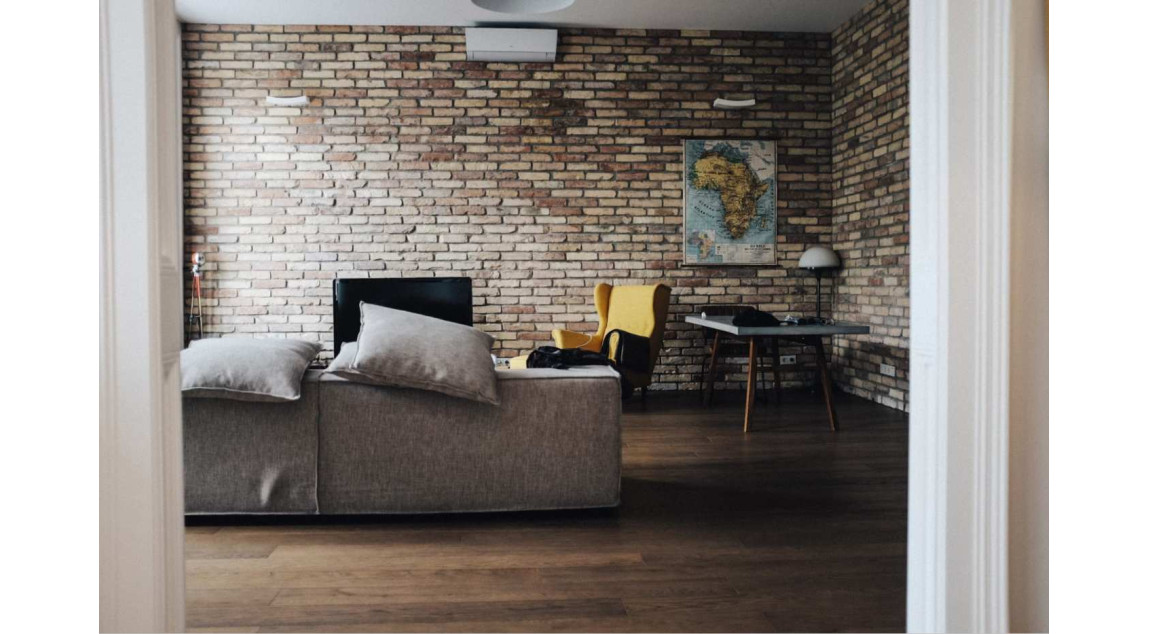
Inflation and cost-of-living pressures are undoubtedly two of the biggest challenges that Melbournians currently face. While we are unable to control the cost of petrol and supermarket items, there are some ways to cut down and save money. Today, we’re going to focus on heating and cooling and highlight some ways that you can save […]
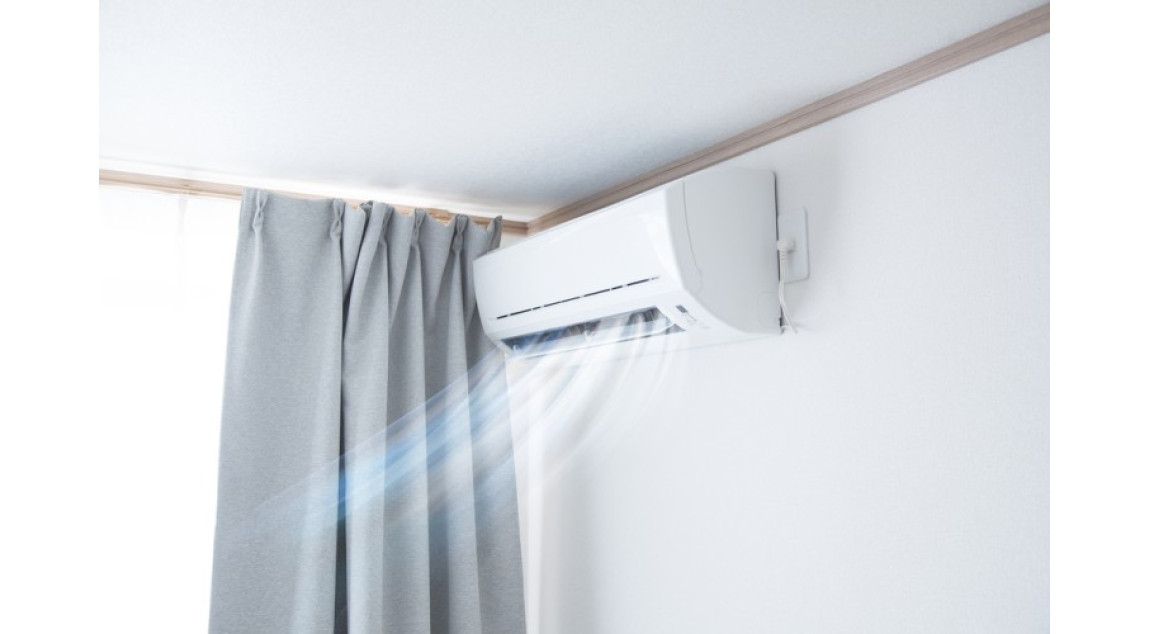
Air conditioning plays an incredibly important role in all of our lives. From home to work, shopping centres and public transport, we rely on these systems almost every day. As our need for reliable AC continues to grow, so does the capacity and functionality of modern air conditioning units. Without a doubt, split systems are […]